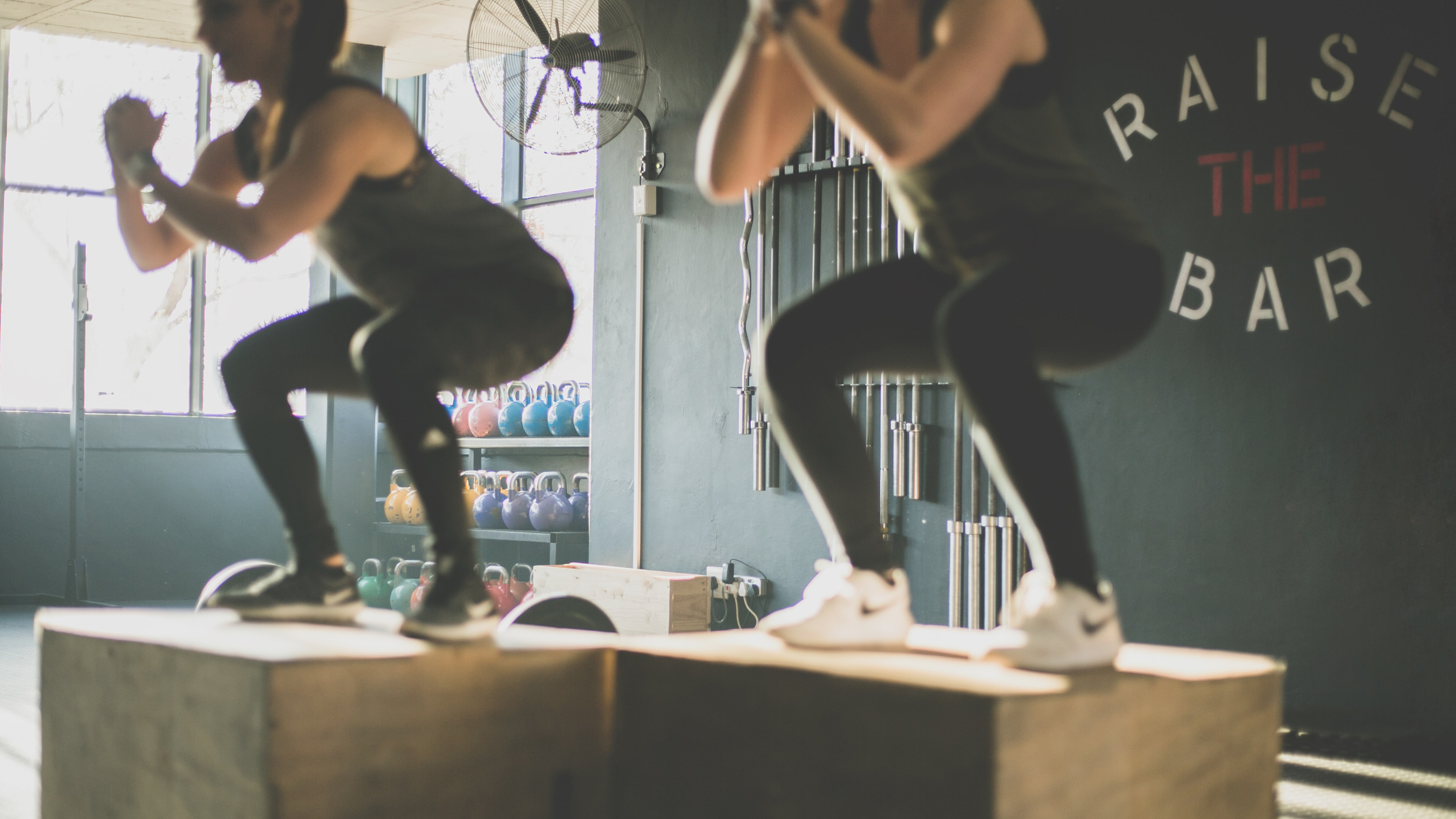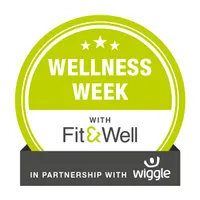Fitness: Three ways to make the most of your workout
No time? No problem. Here's how to make the most of your workouts


If you're working out regularly for the first time, or you're coming back after a long absence, you're probably getting used to lacing up your trainers, hitting the pavement or gym, and feeling sore the next day. The therapeutic nature is exercise is well-documented, and lots of people report taking time to exercise feels like "me time".
However, "Me time" doesn't last for ever. There's only so many hours in the day, and you want to be working out in as efficient and effective a way possible. If you've only got an hour, these tips will show you how to make the most of your precious workout time.
1. Use compound movements to hit lots of different muscle groups
If you can only carve out an hour to exercise, make sure your whole body's getting in on the action, especially if you're incorporating resistance training. Compound movements, or exercises which use lots of different muscle groups, are key to making sure you use your time effectively.
For example, a bicep curl works your bicep. That's pretty much the long and the short of it. But a pull up, on the other hand, works your bicep, core and lots of different back muscles all at the same time. By performing compound movements, you're working more muscles at the same time, creating a more efficient workout.
Examples of common compound exercises include push ups, which work your triceps, core, chest and shoulders; squats, which work your thighs, calves and glutes; and deadlifts, which work your back, glutes, core and legs. All these moves require good form, but especially when working with weights. Check out our how to deadlift guide for a complete guide to safe form.
2. Try EMOM and HIIT workouts
Looking for a cardio burn, but don't have time to go for a run? Jogging and cycling are good examples of low-intensity, steady-state cardio, where you do an endurance exercise for long periods of time. However, if you want a cardio workout you can do in 15 minutes or less, you can up the intensity.
HIIT, or "high-intensity interval training", is the science of working out at maximum intensity for a very short period of time. After that, the idea is to take a very short rest, then do it again. For example, you might sprint for 30 seconds, followed by 30 seconds rest, then sprint again for 30 seconds. Our four-week HIIT workout plan is a great way to start.
Start your week with achievable workout ideas, health tips and wellbeing advice in your inbox.
If you're really stuck for time, there are other workouts that really up the pace. EMOM training stands for "every minute, on the minute", and takes the idea of HIIT to the extreme. You set a one-minute timer, perform the moves, and rest until the timer resets before going again.
One EMOM workout might be to do 10 push ups, 10 sit-ups and 10 squats, resting until the timer sets off and you do another 10 of each. Over time, those rest periods become shorter as you take longer and longer to complete the movements.

3. Recovery is very important
Have you ever started a workout and half-assed it, because you're still sore from the previous one? If you've only got a small amount of time to work out, it's a real bother you can't use that time to its fullest potential.
Stretching is often purported to ease muscle soreness, but its effect on the pain is pretty minimal, as one study found it only reduced pain by 4 points on a scale of 100. What it does do, however, is keep the muscle long and limber, meaning although you will still experience sore muscles, they won't be tight and stiff.
Hydration and protein consumption are both very important in reducing muscle soreness and helping your body to recover, while heat therapy, such as hot pads, a hot water bottle or a warm bath, can reduce tension and minimize pain signals. By eating lots of protein, drinking lots of water, keeping the heat on and stretching, you should be fully-charged for your next session.
Wellness Week on Fit&Well
Wellness Week is brought to you in association with Wiggle. Each day this week, we'll help you accelerate your wellness journey by making improvements across areas including fitness, diet and nutrition, mindfulness and more.
Matt Evans is an experienced health and fitness journalist and is currently Fitness and Wellbeing Editor at TechRadar, covering all things exercise and nutrition on Fit&Well's tech-focused sister site. Matt originally discovered exercise through martial arts: he holds a black belt in Karate and remains a keen runner, gym-goer, and infrequent yogi. His top fitness tip? Stretch.

